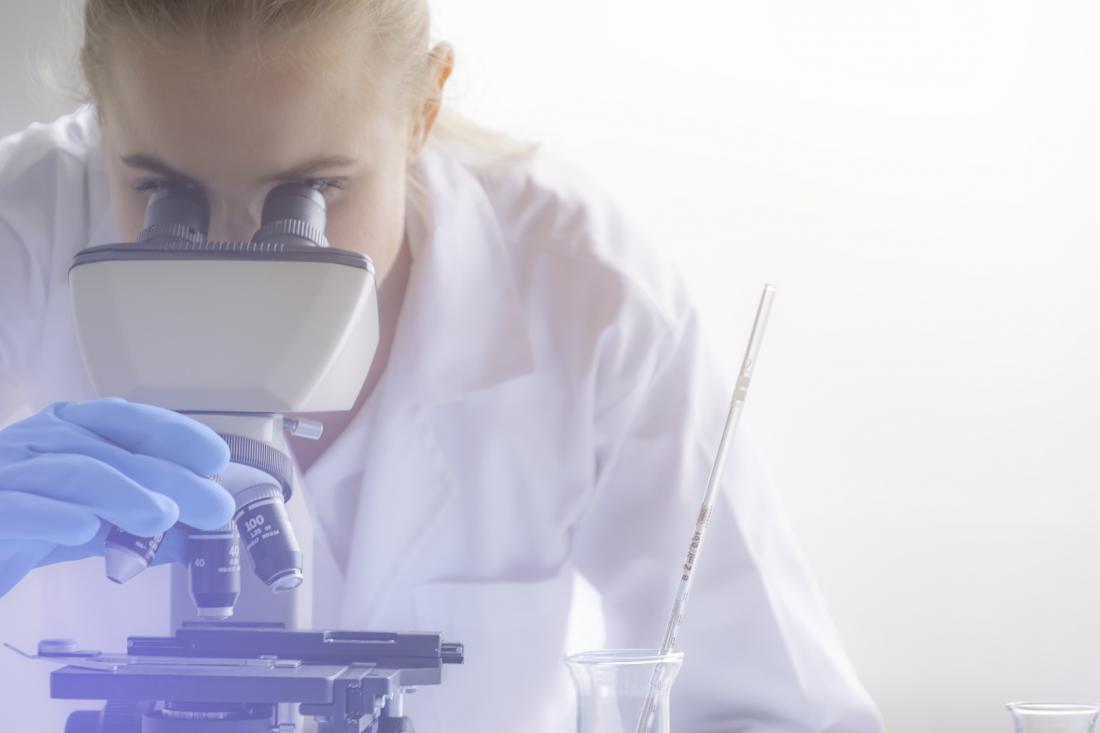
Scientists reveal how vaginal bacteria can protect against chlamydia.
Scientists have known for a while that the composition of microbes, or microbiome, in the vagina and cervix can influence resilience to chlamydia.
Previous research had revealed, for instance, that vaginal microbiomes with a high level of certain Lactobacillus bacteria can help defend against chlamydial infection.
Until the recent mBio study, however, it was not clear how the protective bacteria were exerting their influence.
The researchers, from the University of Maryland School of Medicine (UMSOM) in Baltimore, were surprised to find that the protection did not come directly from the beneficial bacteria.
Instead, they discovered that resilience to chlamydial infection was the result of changes that the bacteria induced in cells in the lining, or epithelium, of the vagina and cervix.
The team suggests that the findings will increase understanding of the role of the microbiome in protecting against STIs.
Furthering such understanding, they note, “may enable the development of novel microbiome based therapeutic strategies to protect women from infection and improve vaginal and cervical health.”
Need to understand resilience mechanisms
Chlamydia is a common STI. It is the result of infection by the bacterium Chlamydia trachomatis, and it is easy to treat.
Both males and females can get chlamydia by having vaginal, oral, or anal sex with a person who has the infection. Chlamydia, like other STIs, can facilitate the spread of HIV.
If left untreated, females with chlamydia can find it difficult to conceive. In addition, pregnant women with the infection can pass chlamydia to their babies during birth. This, in turn, raises the risk of the infant developing pneumonia and a condition that causes blindness.
Chlamydial infection typically has no symptoms, and when they do occur, they usually take weeks to appear.
The symptoms of chlamydia include a burning sensation while urinating and abnormal discharge from the vagina or penis. A less common symptom in males is painful and swollen testicles.
In 2017, the Centers for Disease Control and Prevention (CDC) recorded a total of 1,708,569 reports of chlamydial infection.
“Chlamydia is a major growing health issue in the U.S.,” says senior study author Jacques Ravel, a professor of microbiology and immunology at UMSOM, “and more work is needed to understand why some women are apparently naturally protected while other[s] are not.”
Study investigated Lactobacillus species
In previous work, the researchers had demonstrated that there are five major microbiome compositions that can inhabit the vagina.
It appears that in four of the vaginal microbiome types, various Lactobacillus species of bacteria dominate. The fifth type has very low levels of Lactobacillus and is more likely to coincide with a higher risk of HIV and other STIs, as well as with premature births.
In the new study, the team carried out more detailed investigations of the different vaginal microbiome compositions and of their various Lactobacillus species.
They used vaginal samples from women with chlamydia, together with cultures of Lactobacillus and of the epithelial cells that line the vagina and cervix.
The results showed that the species L. iners, which commonly inhabits the vagina, did not help human cells defend against chlamydial infection.
In contrast, L. crispatus — which is another species that also commonly inhabits the vagina — did seem to protect human cells against chlamydial infection.
D-lactic acid protects against chlamydia
The researchers eventually pinned down the reason that some Lactobacillus species appear able to protect the cells while others do not.
All Lactobacillus species produce lactic acid. However, there are two variants, or isoforms, of lactic acid: the L form and the D form.
Different Lactobacillus species produce different amounts of the two forms of lactic acid. For instance, L. iners almost exclusively produces the L form of lactic acid. In contrast, L. crispatus produces both L-lactic acid and D-lactic acid, but mostly the latter.
The researchers discovered that it was a predominance of D-lactic acid — but not L-lactic acid — that protected against chlamydial infection.
It appears that D-lactic acid stops C. trachomatis from entering human epithelial cells by reducing cell proliferation, which the team had shown was a necessary condition for infection.
In further tests, the researchers discovered that D-lactic acid reduced human cell proliferation by downregulating the genes that drive the cell cycle.
In a final set of experiments, they then showed that an “optimal microbiome” in the vagina can offer long term protection against chlamydial infection.
The researchers are continuing their investigation into how to use the findings as a basis for protecting against C. trachomatis, and how to apply them to other STIs.
